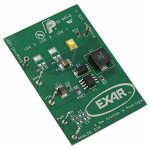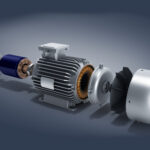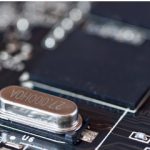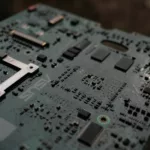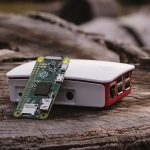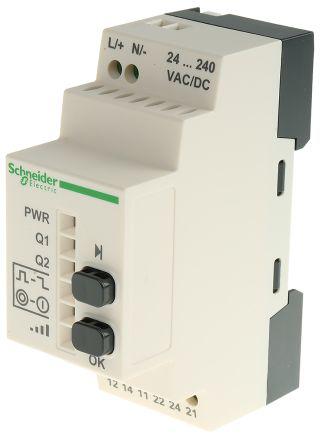
More than just protection
Typically, circuit breakers were designed to protect installations. They are designed to trip whenever there is an electrical fault, hence isolating the faulty circuit. However, the global pursuit tame energy consumption has caused manufacturers to push its functions beyond protection hence circuit breakers now can be used for metering and communication. These new functions are geared towards promoting energy efficiency and;
- Improving continuity of service
- Reducing energy costs
- Optimizing energy quality
To achieve these objectives, one needs to know certain information such as the energy quality, consumption, state of the circuit breaker and the installation alarms. Such information can be gathered using communication modules for circuit breakers.
Circuit breaker communication modules
Communication modules for circuit breakers enable the installation to perform the following;
- Collect data
- Transmit the data collected
- Act on the data using a supervisory software
The data collected should be able to create awareness of the user’s consumption habits and consequently enable them to optimize the energy quality. By so doing, the user makes the installation more reliable and optimizes operating costs.
BCM hardware and connection
Despite all BCMs having the same objectives, they are made up of different components and are connected differently. Major globally known brands like ABB, Schneider, and Eaton all manufacture BCMs. They all composed of different components and are connected in different ways though.
Schneider BCM
Schneider BCM, for example, is composed of;
- External 24 VDC power supply module
- Ethernet gateway
- Modbus communication interface
- Modbus network
- ULP cable
- FDM121 display
- Compact NSX cord
- Modbus CCM
- Breaker ULP Cord
- Modbus BCM ULP
The power supply module power the Modbus communication interface, Compact NSX Micrologic, BSCM module, BCM ULP, FDM 121, M2C/M6C module, Modbus communication interface and the Compact NS. In total, these components consume about 550 mA.
When configuring the communication module there are some parameters one needs to configure for instance the address, baud rate, Modbus connection, and parity. How these parameters are specifically configured varies with from a control module to another. This means that the Compact NSX is configured differently from the Compact NS. You, therefore, need to consult the manufacturers manual for the specific manual for the specific type you are using to be able to configure it accordingly. Once fully connected, the layout should be as shown below.
Once the components have been connected and configured and the software downloaded, the system should be able to communicate with a PC from where one can monitor information being sent. The information required for remote supervision of Compact NSX or Compact NS is contained in a table of registers. The Compact table contains 113 registers which can be read using a single Modbus request. The information contained in the tables includes;
- Circuit breaker status
- Real-time values of current, energy, harmonic distortion, current, power
- Trip unit protection status
The use of common registers is highly recommended since it optimizes the response time and simplifies data use.
With growing industrial automation and continued the push to increase energy efficiency, BCMs are expected to be adopted widely and rapidly across the globe. When considering installing one, it is necessary to understand that BCMs from different manufacturers are composed of different components and are connected differently. You need to evaluate them to find that perfectly matches your needs.






